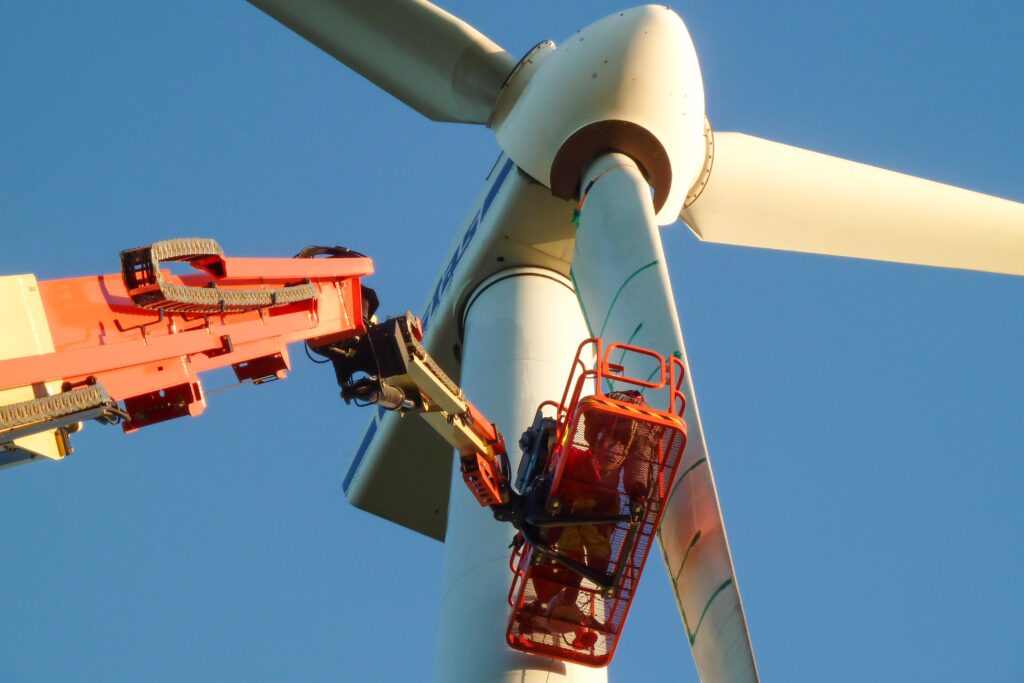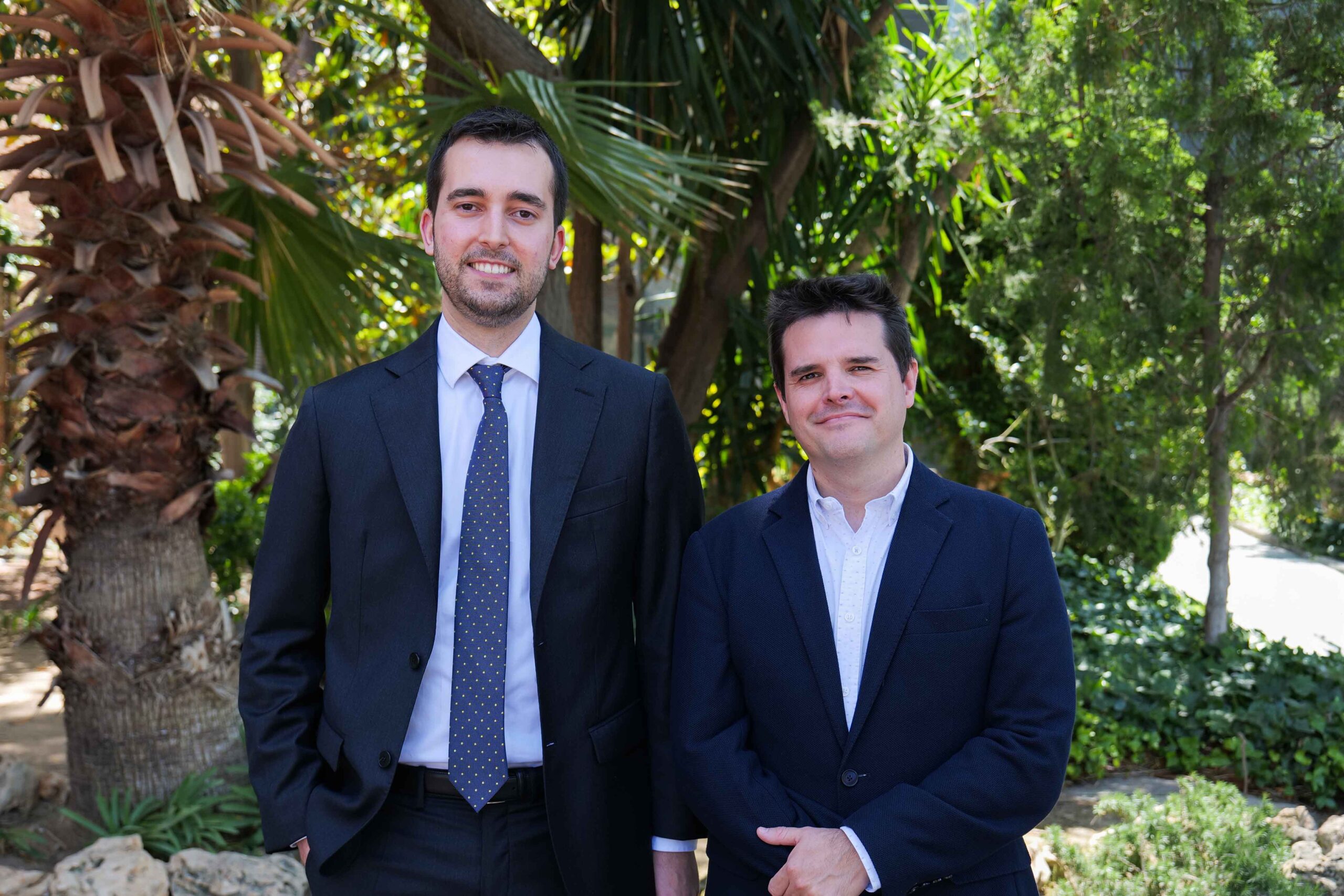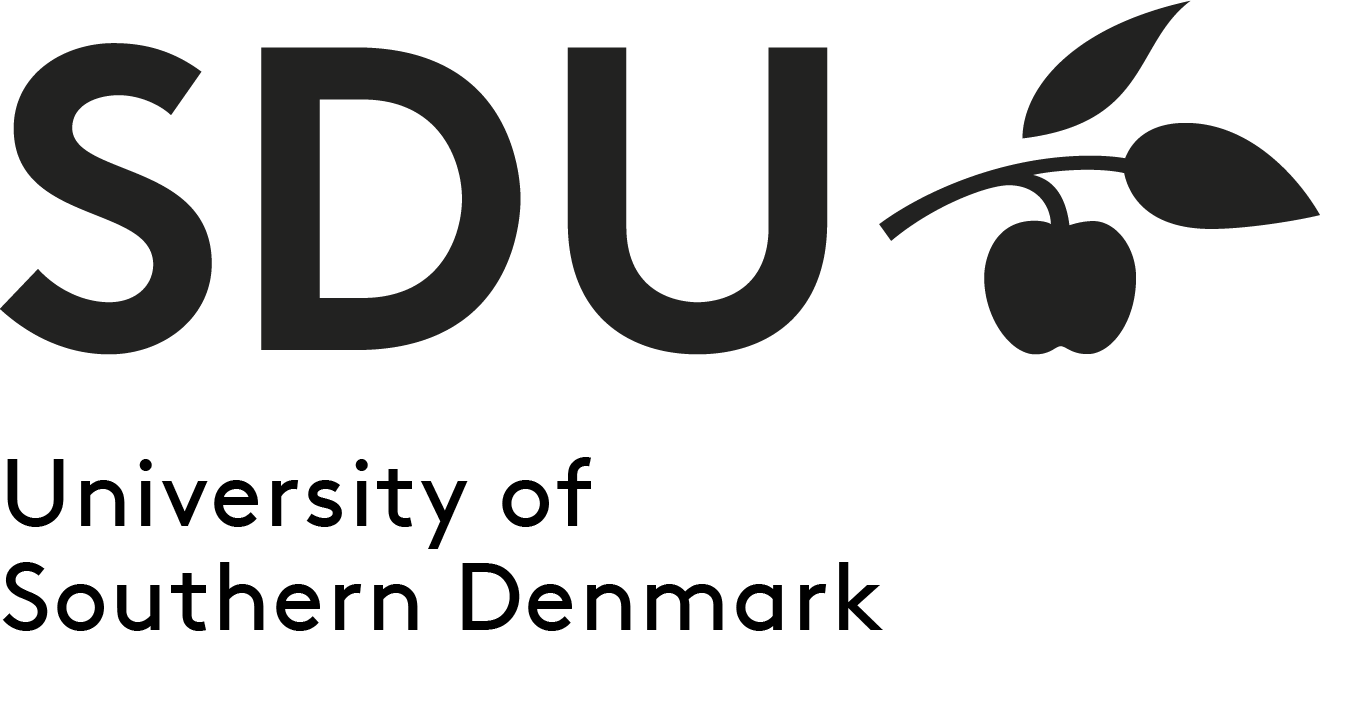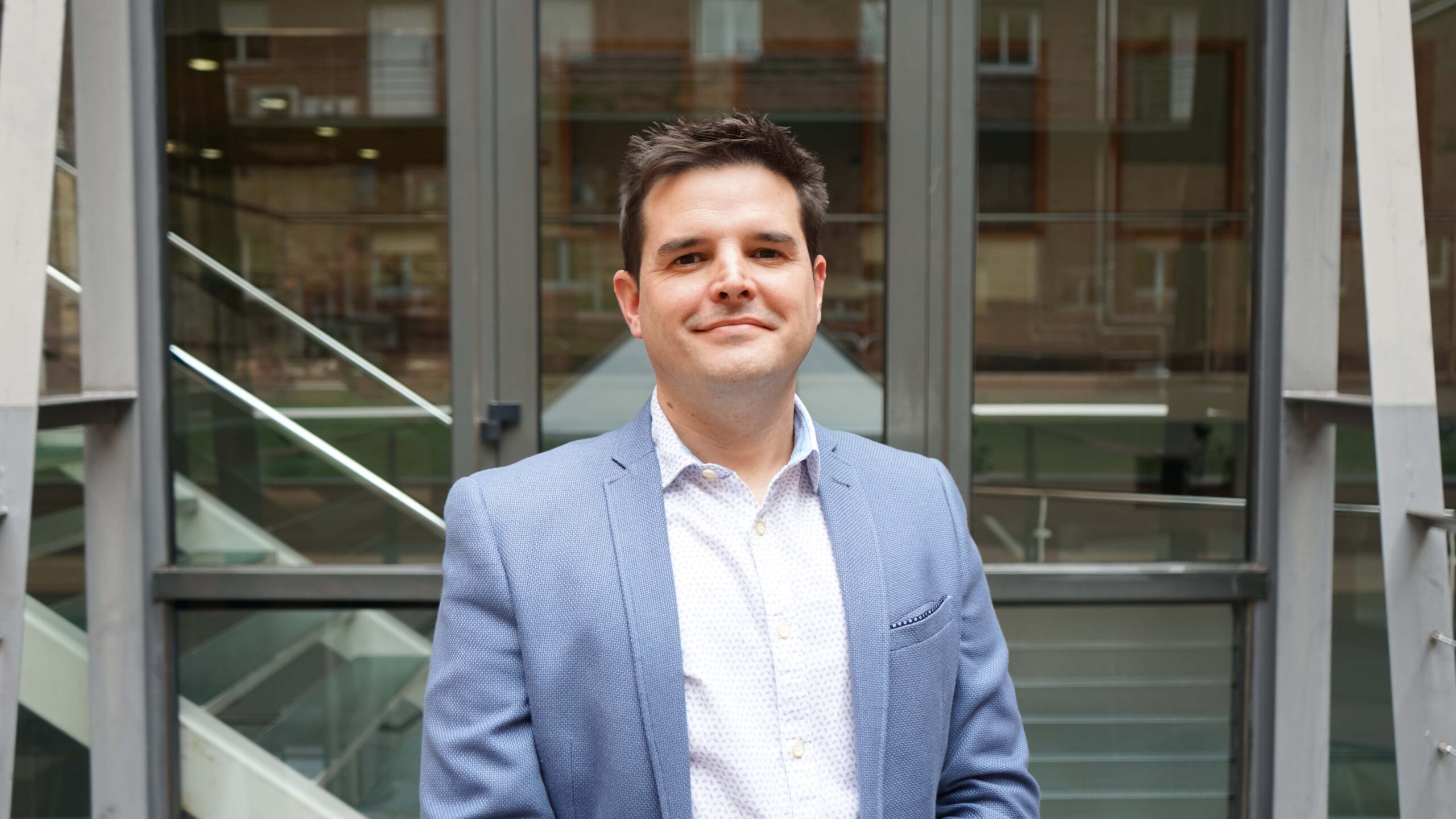Infrastructure plays a fundamental role in the social and economic development of any region or country. A large number of services, such as the transport of people or goods, or the generation of energy, depend on the condition of structures such as roads, bridges, dams, wind farms, and more. The aging of many of these infrastructures, along with adverse environmental conditions or construction defects, increases the need to inspect and monitor them and ensure that no damage can be found or is spreading. Currently, periodic visual inspections are most common monitoring method, but they present certain problems, especially for monitoring between inspections, the detection of internal damage, or in places that are difficult to access.
To improve the quality of inspections and reduce associated costs, there has been a growing interest in systems based on structural health monitoring by installing different types of sensors on structures to obtain signals that report on their integrity or health, similar to the medical monitoring of a patient’s condition and making it possible to monitor structures autonomously. A very important part of this entire process is how the signals obtained through Machine Learning are handled and how they can provide warnings in the event of danger, recommend certain actions, and help with decision-making.
SHM (Structural Health Monitoring) technology based on vibrations is one of the best-known methods as it makes it possible to obtain global information on a structure using just a few sensors that are relatively inexpensive and easy to install and can be used for multiple actions. However, there are certain challenges that limit the commercialization of this technology.

Within this context, Dr Josep Font Moré conducted his doctoral thesis in the Department of Industrial Engineering at IQS, entitled Mitigation of environmental and operational variability in structural health monitoring through hybrid procedures and latent variables. His thesis was supervised by Dr Marco A. Pérez Martínez, in the Applied Mechanics and Advanced Manufacturing (GAM) group, with the main objective of proposing and developing new methodologies that address one of the most important issues that limit the industrial use of these technologies: the influence of the effects of environmental operating principle (EOP)parameters such as temperature, wind speed, and wind direction, or operational parameters such as traffic on a bridge or the rotation of blades on a wind turbine, which influence the dynamic response of the structure.
This unwanted influence can mask the appearance of damage to a structure and, in many cases, its variability is much more significant than the appearance of a crack, for example. This is why advanced tools are necessary to mitigate environmental and operational effects in order to extract information only on structural integrity.
Currently, this mitigation can be done through two methodologies, called explicit and implicit. Explicit methods build regression models with the aim of comparing the EOPs that cause this variability with the damage-sensitive features, or DSFs, in which the effects of the EOPs are observed. On the other hand, implicit methods do not employ EOPs and study patterns or trends in DSFs that may relate to certain environmental or operational parameters.
New methodologies to mitigate environmental and operational impacts
Dr Font’s research is based on two new ideas to improve the mitigation of EOPs. First, he proposes hybrid strategies that incorporate features of explicit and implicit methods to reduce some of their limitations. The proposed methodology studies, automatically, how DSFs are more influenced by EOPs and an individualized correction is applied to them. In this way, the introduction of noise into the models is reduced, due to poorly corrected DSFs. In addition, all available information is used, thus avoiding one of the drawbacks of implicit methods and providing a more precise mitigation.
Second, his thesis proposes the use of latent variables to extract a more complete reference of a structure. This methodology breaks new ground in SHM research as it facilitates a more holistic view of the study parameters. The proposal is highly innovative and groundbreaking as it challenges the conventional use of measured variables and offers a more general perspective of the mitigation problem. Through this new methodology, it has been possible to reduce the inherent noise of the measured variables and extract information about the EOPs that was notmeasured directly.
This thesis has made it possible to improve the mitigation of environmental and operational effects in the monitoring of structures and validated the two methodologies developed with data on wind turbines, or subcomponents thereof, such as their blades. However, the use of these methodologies could be applied to other types of civil structures.
International partnerships
This research has been conducted in collaboration with Dr Luis D. Avendaño-Valencia from the University of Southern Denmark and Dr David García-Cava from the University of Edinburgh.
The monitoring methods developed were validated with operational wind turbine data provided by the company HBK and the Technical University of Denmark.
Related publications
J. Font-Moré, D. García Cava, M. A. Pérez, L. D. Avendaño-Valencia, A hybrid implicit-explicit procedure to mitigate environmental and operational variability for SHM Applications, International Journal of Structural Health Monitoring (under Review).
J. Font-Moré, D. García Cava, M.A. Pérez, L.D. Avendaño-Valencia, A latent variable approach for mitigation of environmental and operational variability in vibration-based SHM – A linear approach, 11th European Workshop on Structural Health Monitoring (EWSHM 2024) Potsdam, Germany. Publication selected as one of the 10 best student papers, out of a total of almost 100 articles.
J. Font-Moré, D. García Cava, M.A. Pérez, L.D. Avendaño-Valencia, Interpreting environmental variability from damage sensitive features, X ECCOMAS Thematic Conference on Smart Structures and Materials (SMART 2023) Patras, Greece. Article selected to be part of a special issue in the International Journal of Structural Health Monitoring (IJSHM).
J. Font-Moré, G Reyes-Carmenaty, R. Lado-Roigé, M. A. Pérez (2023), Performance analysis of vibration-based damage indicators under low-modal information structures, Mechanical Systems and Signal Processing, Vol. 190, Pag. 110166.
This thesis has received a grant from the Ministry of Universities for University Professor Education – FPU 21/02335 and EST 23/00179, and an award from the Industrial Engineers Association of Catalonia for its completion.

















